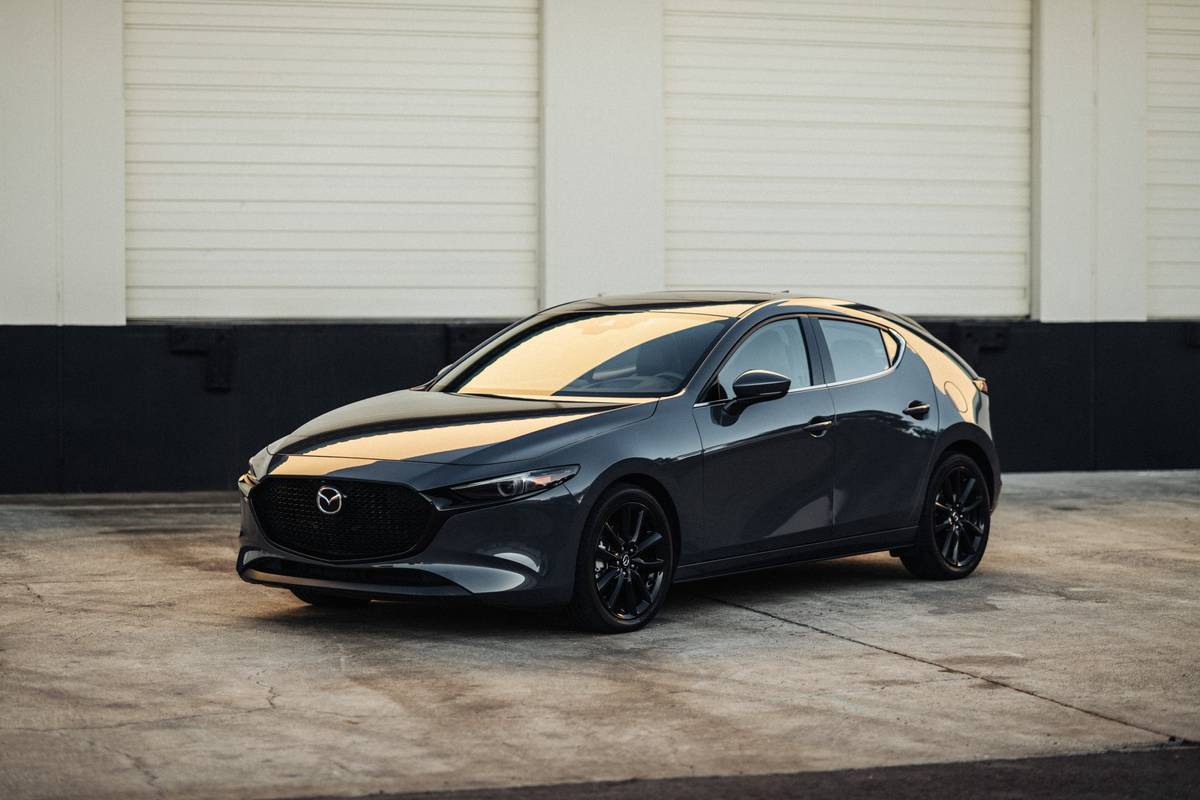Boston.com's view
There was a time when, if you asked the question “What do you get if you take a Toyota Camry and load it with all available options?” the answer would be a Lexus ES 300.
No more.
After five years in its most recent form, the entry-level luxury auto from Lexus has undergone a distinctive makeover for 2002, with an edgier exterior design, a more elegant interior, and better performance from engine to transmission to suspension.
The ES 300 has always been a subtly elegant car – comfortable, quiet, and conservative.
But since it was last redesigned in 1997, the luxury sedan market has undergone a powerful shift at its entry level. Buyers started asking for some hint of performance (some asked for pure jolts of it, in fact). And even those who did not need the boost of more horsepower wanted their cars to at least hint at sportiness.
So here comes the ES 300, with its huge headlights, fog lamps at opposite ends of an air dam below the bumper, slatted fascia, and steeply sloping hood. It retains some of the boxlike stance of its predecessor, but big, flowing glass from front to rear gives it a sense of speed.
The true performance hounds will head to its stablemate, the IS 300, but for those looking for luxury with a touch of sport, the ES is the answer.
Just as Toyota did with its redesigned Camry for 2002, it has made the Lexus ES 300 bigger, with its 107.5-inch wheelbase about 2 inches longer than in the past and, at just over 57 inches high, about 2 inches taller.
The result is a car that feels roomier than its competitors from BMW, Audi, Acura, and Mercedes-Benz.
Drawing on the luxury of its own upper-end LS 430, Lexus fills the interior with wonderful elegance. There is real walnut trim, fine leather seating that is broad at its base and well-bolstered up the front seats, a wood and leather steering wheel, and an advanced dual-zone climate-control system.
Standard features abound, from dual front airbags, seat-mounted side airbags, front and rear side curtain airbags, a 10-way power adjustable driver’s seat, and an eight-way adjustable front passenger’s seat. You pay extra for the leather and the navigation system ($4,800), high-intensity discharge headlights ($640), and a package that includes skid control, traction control, and brake assist ($650).
There is no option on choice of engines – you get a 3.0-liter, DOHC V6 that delivers 210 horsepower. It’s pretty much a carryover engine, though it is cleaner and its response is quicker because of a new drive-by-wire throttle setup.
Add to that the new five-speed automatic and you have a powertrain better able to handle the broad torque band than the old four-speed could. Running up hills, there was no sense of the transmission searching up and down for the correct gear. Shifting through hard acceleration was smooth.
The car is no rocket – the Acura TL Type S and BMW 3 Series are far quicker – yet it is probably plenty of car for its target aud ience. It rolls out nimbly to pass on the highway, carries a full complement of five passengers without straining, and is whisper quiet as it makes its way down the road.
This is one stiffly constructed car and there is no sense of torque or twist in its body even in the hardest of cornering. And we put it through some mighty hard cornering just to test its remarkable adjustable suspension system – also a standard feature.
The ES 300 has MacPherson struts front and rear, and they can be put to multiple uses through Lexus’s Adaptive Variable Suspension system. At its softest, you get the rolling comfort of a big American sedan. At its stiffest, think muscle car.
With the flick of a switch, you tell a computer what kind of ride you want. A stiff setting for rolling down the smooth highway was just the touch – though far too stiff, as evidenced by thumping sounds, when we ambled off and onto a washboard dirt road. A softer setting was induced and voila, it absorbed the bumps ike a good skier’s knees.
Toyota does one of the finest jobs in the industry of not building its cars to compete against themselves. It recognized that in redesigning the entry-level luxury line Lexus would be left out if it did not meet the new demand for performance and sport.
So first, Lexus came up with the IS 300, a snappy little sports sedan. This year, it has added the IS 300 SportCross to tap into the hatchback market. And now it has redesigned the ES 300, a car that will play in the fields of performance but will not do so by sacrificing its basic reason for being – luxury – and will not compete with its two sportier stable mates.
So the question now could be: “What do you get if you take a Lexus ES 300 and load it up with all the options?” A Lexus LS 430.
2002 Lexus ES 300
Base price: $31,505
Price as tested: $39,935
Horsepower: 210
Torque: 220 lb.-ft.
Wheelbase: 107.1 inches
Overall length: 19.1 inches
Width: 71.3 inches
Height: 57.3 inches
Curb weight: 3,450 lbs.
Seating: 5 passengers
Fuel economy: 24.8 miles per gallon
SOURCES: Toyota Motor Corp./Lexus Division; fuel economy from Globe testing.
Nice touch
The multiple-tilt positioning of the in-dash navigation screen. With the touch of a button it can be angled for more convenient viewing or to cut glare.
Annoyance
Lexus gave us a bigger ES 300. More passenger space, more trunk space. Why, then, did it fill the center console bin with the CD changer?
Latest news



